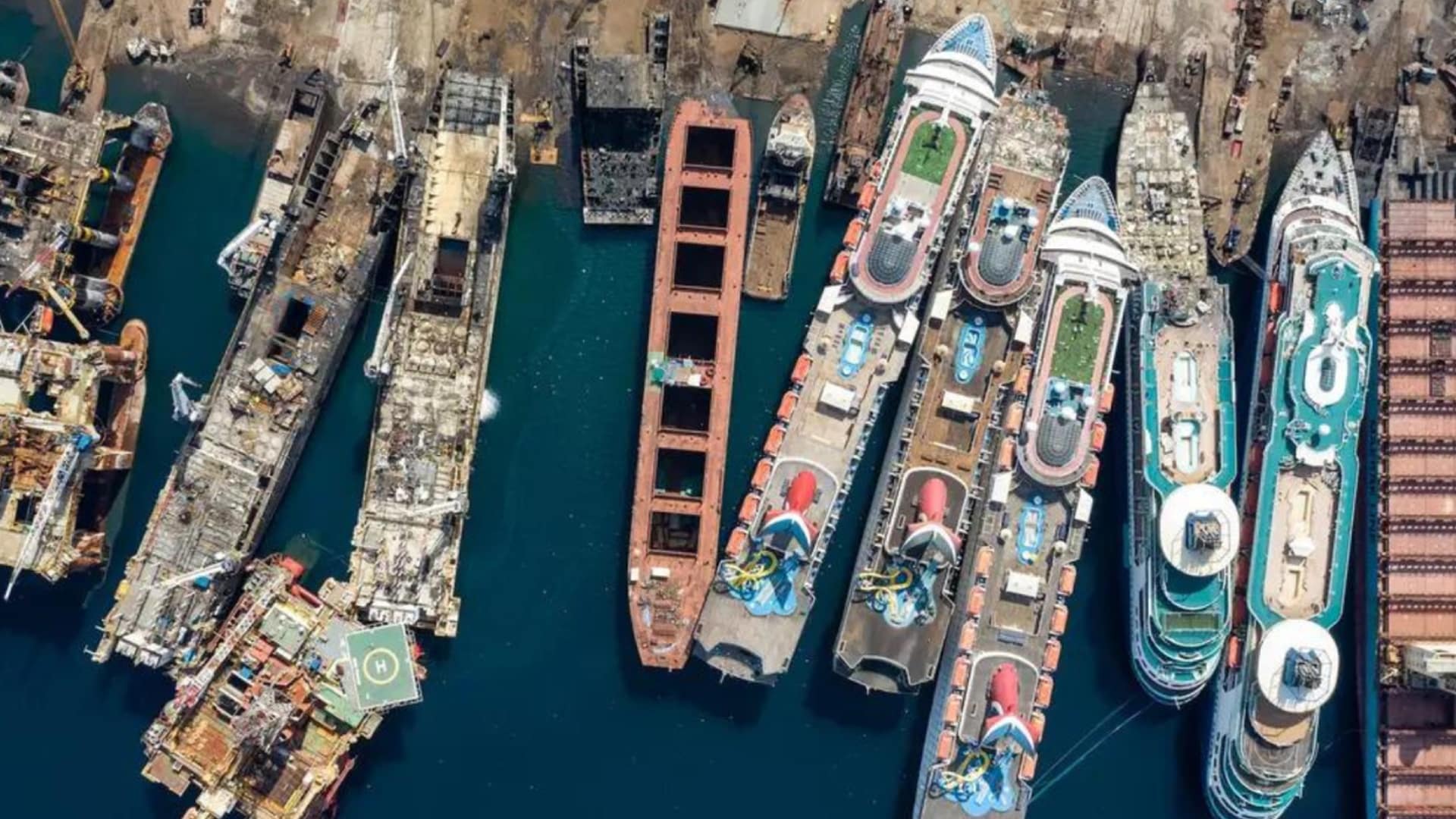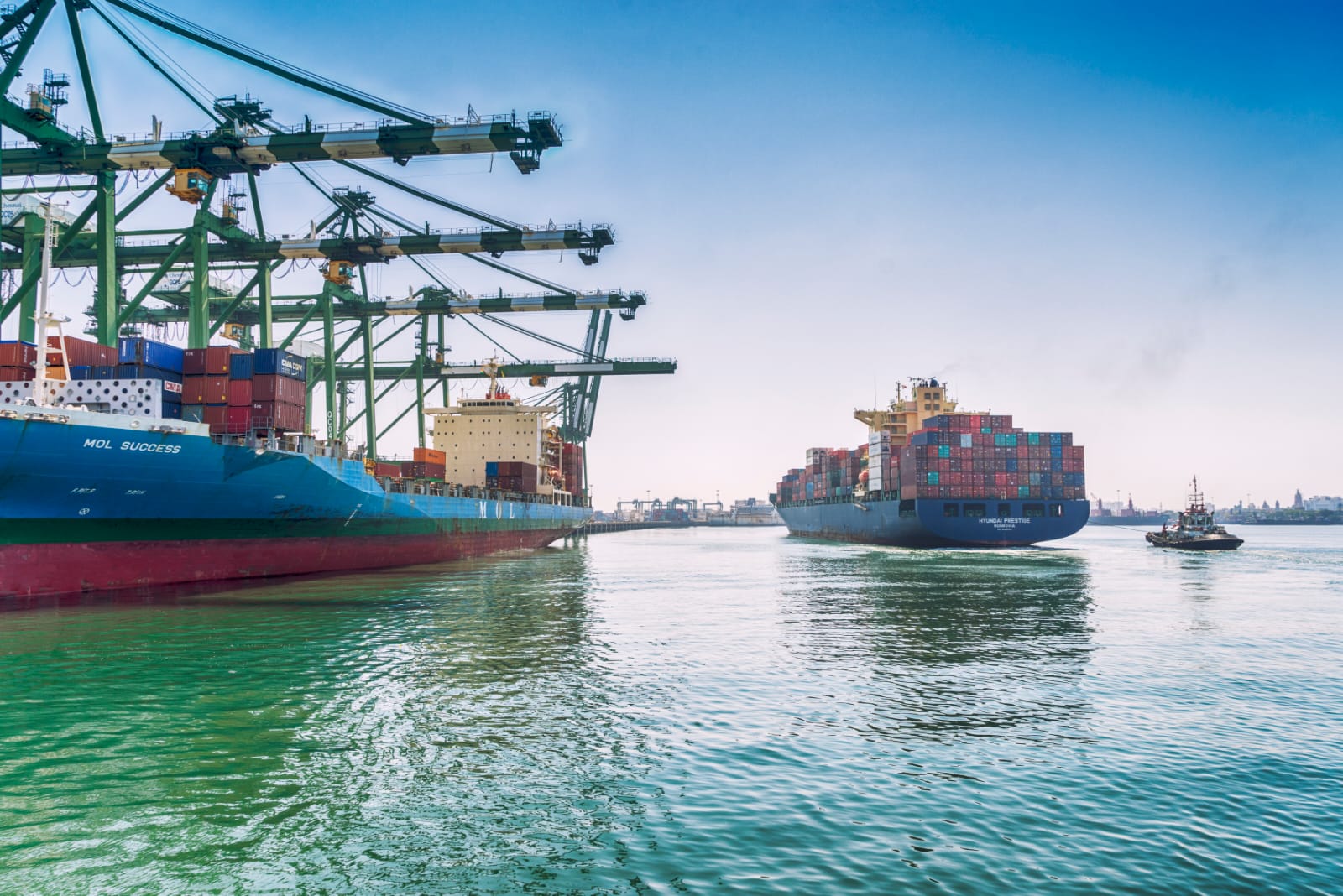Navigating Tomorrow: Five Future Trends in the Shipping Industry

The shipping industry, a cornerstone of global trade, is undergoing rapid transformation driven by technological advancements, environmental considerations, and shifting geopolitical landscapes. As we stand on the cusp of a new era, it’s essential to examine the emerging trends that will shape the future of maritime commerce. In this article, we explore five pivotal trends that promise to redefine the shipping industry in the coming years.
The Sleepless Nights of Shipowners: Navigating the Troubled Waters of Sanctions
- Green Shipping and Sustainable Practices:
Amid growing concerns about climate change and environmental sustainability, the shipping industry is setting sail towards greener horizons. The International Maritime Organization (IMO) has already initiated measures to reduce greenhouse gas emissions from ships, aiming for a 50% reduction by 2050 compared to 2008 levels. Shipowners are investing in innovative technologies, such as alternative fuels, wind propulsion, and electric propulsion systems, to meet these ambitious targets.
Additionally, there is a surge in the adoption of eco-friendly designs and practices. From hull coatings that reduce fuel consumption to optimized route planning using artificial intelligence, the industry is embracing sustainability as a core principle. As consumers and regulators increasingly prioritize eco-conscious choices, green shipping is not just a trend but a necessity for the industry’s long-term viability.
Ship Movement at Navi Mumbai Port disrupted
- Digitization and Smart Shipping:
The digital revolution is reshaping every industry, and shipping is no exception. The integration of digital technologies is ushering in a new era of efficiency, safety, and transparency in maritime operations. Smart shipping, facilitated by the Internet of Things (IoT), artificial intelligence (AI), and blockchain, is streamlining processes across the entire supply chain.
From smart containers that provide real-time tracking of cargo to predictive maintenance systems that anticipate machinery issues before they occur, digitization is enhancing operational capabilities. Blockchain, with its decentralized and secure ledger system, is being employed to streamline documentation processes, reducing paperwork and minimizing the risk of fraud. The result is a more connected and data-driven shipping ecosystem that optimizes resources and improves overall reliability.
- Autonomous Shipping and Robotics:
The prospect of autonomous ships navigating the seas may have seemed like science fiction a decade ago, but it is fast becoming a reality. Autonomous shipping, propelled by advancements in artificial intelligence, sensor technologies, and robotics, is on the horizon. Unmanned vessels have the potential to revolutionize the industry by reducing operational costs, increasing safety, and optimizing route planning.
While fully autonomous ships may take some time to gain widespread acceptance due to regulatory and safety concerns, the industry is already witnessing the integration of semi-autonomous technologies. Automated navigation systems, collision avoidance algorithms, and remote monitoring are being implemented to enhance the capabilities of crewed vessels. As technology continues to mature, the shipping industry is poised for a paradigm shift towards greater automation.
- E-commerce and Last-Mile Logistics:
The rise of e-commerce has redefined consumer expectations, and the shipping industry is adapting to meet the demands of a rapidly evolving market. Last-mile logistics, the final leg of the delivery journey from a distribution center to the end consumer, is a focal point for innovation. Companies are exploring drone deliveries, autonomous vehicles, and alternative transportation modes to expedite and cost-effectively manage last-mile deliveries.
The shift towards e-commerce has also prompted a reevaluation of traditional supply chain models. Warehousing and distribution strategies are evolving to accommodate the demand for faster, more reliable shipping. This trend not only impacts traditional retail but also necessitates adjustments in how goods are transported, stored, and delivered, shaping the future landscape of the shipping industry.
- Global Trade Realignment and Resilience:
Geopolitical dynamics and global trade relationships are undergoing significant shifts, and the shipping industry is adjusting its course accordingly. The reconfiguration of trade routes, driven by geopolitical tensions and economic realignments, is impacting the traditional maritime map. The industry is witnessing a diversification of supply chains as companies seek to enhance resilience in the face of disruptions, such as the recent challenges posed by the COVID-19 pandemic.
Trade corridors are being reassessed, and new routes are emerging as alternative pathways for goods. The expansion of the Arctic route, facilitated by melting ice caps, presents a shorter and potentially cost-effective option for certain shipments. The shipping industry’s ability to adapt to these changes will determine its resilience and sustainability in the face of geopolitical uncertainties.
Conclusion:
The future of the shipping industry is a dynamic landscape shaped by environmental consciousness, digital innovation, automation, changing consumer habits, and geopolitical shifts. As the industry navigates these trends, stakeholders must remain agile and proactive to harness the opportunities presented by this transformative era.
Green shipping practices and sustainability initiatives are not merely aspirations but imperatives for a responsible and viable future. The integration of digital technologies and the embrace of smart shipping solutions are driving operational efficiency and transparency. The journey towards autonomous shipping, while gradual, promises to redefine the role of human crews and enhance overall safety.
E-commerce’s ascendancy and the consequent evolution of last-mile logistics are reshaping the industry’s operational dynamics, while the realignment of global trade patterns underscores the importance of adaptability and resilience. As the shipping industry sails into uncharted waters, it is the collective responsibility of stakeholders to navigate with foresight, embracing innovation and sustainability to ensure a robust and prosperous future for maritime commerce.
Author: shipping inbox
shipping and maritime related web portal








